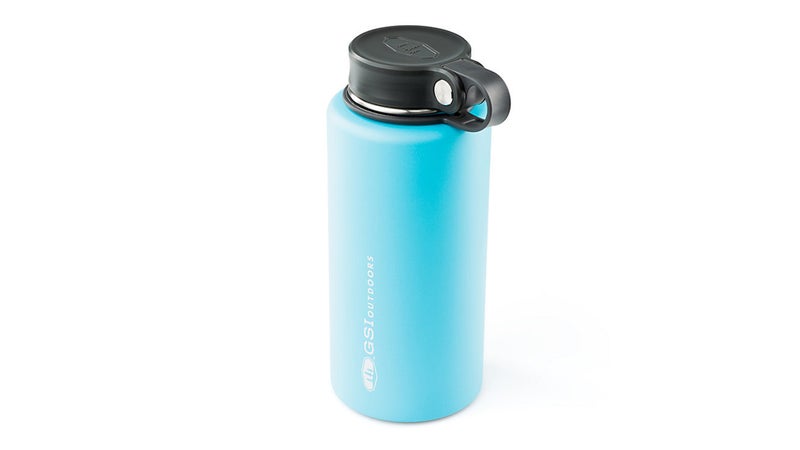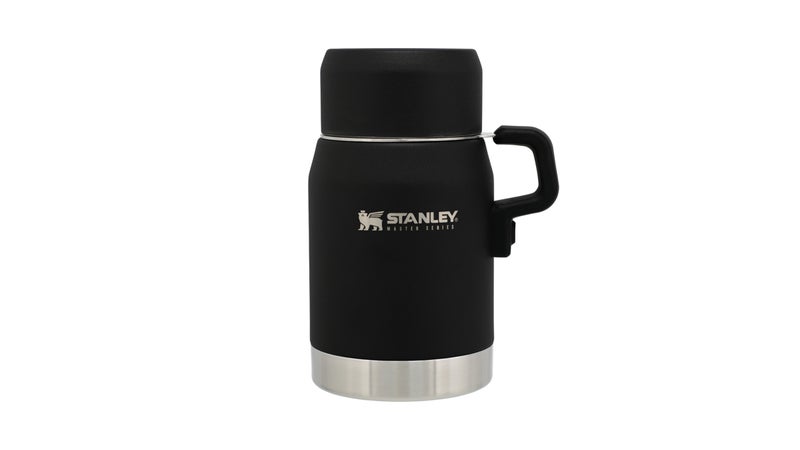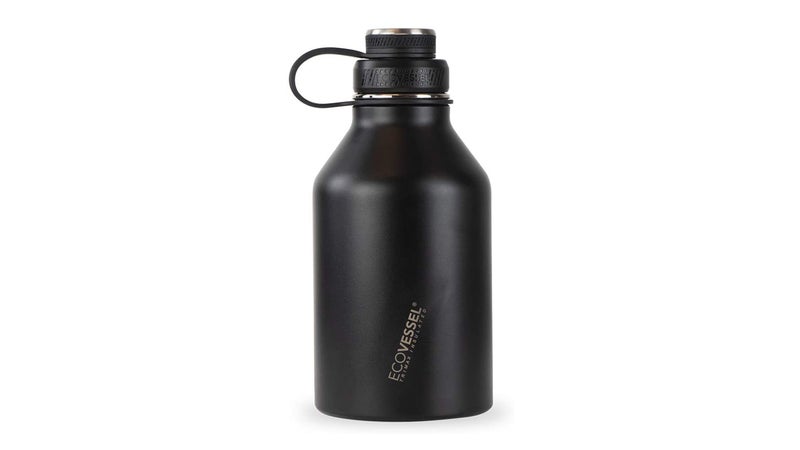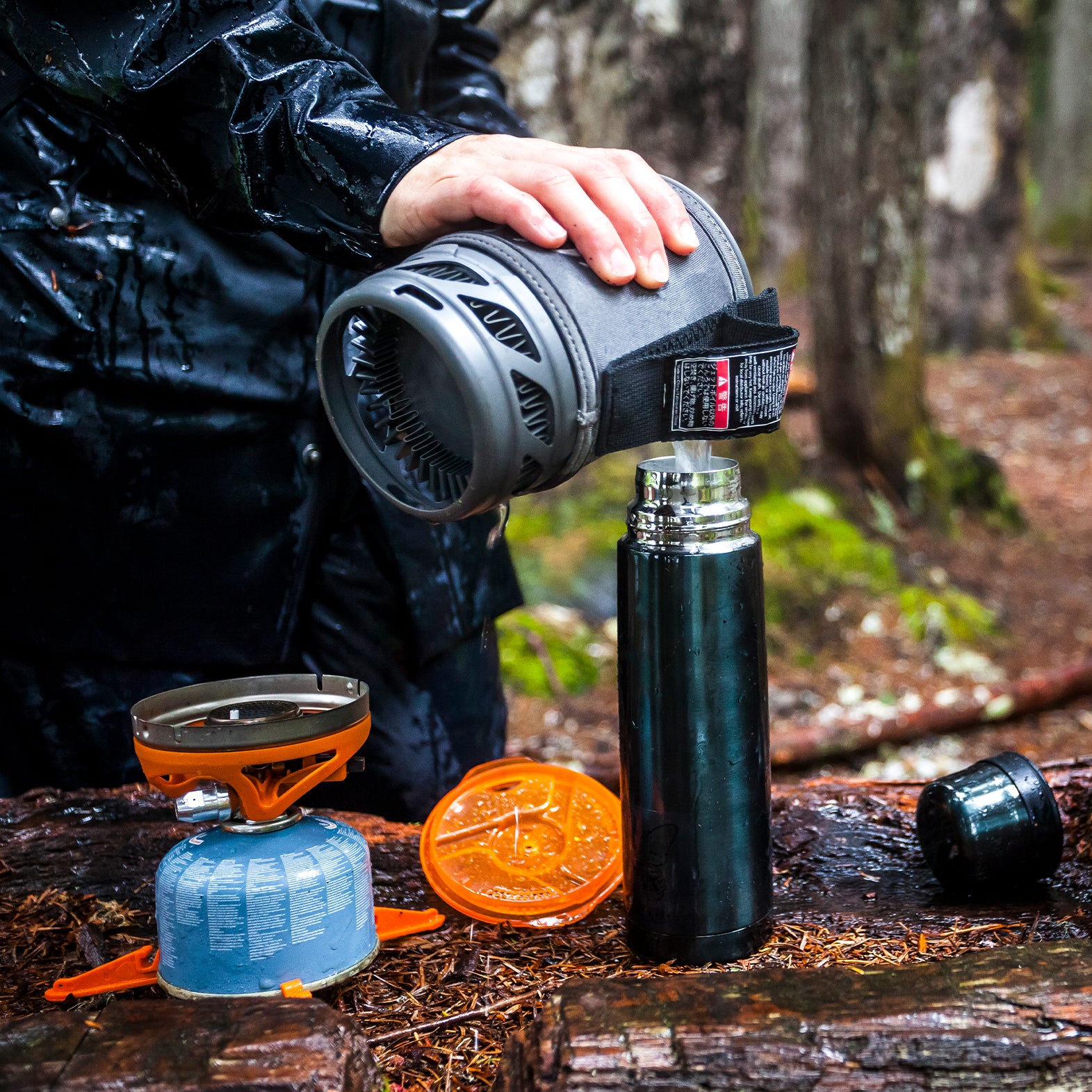Sure, long underwear is nice, but have you ever warmed up with miso soup in the middle of your snowshoe tour? On bitterly cold days, heeding the call of the wild over the call of the couch is much easier if you know you’ll always be within reach of a hot beverage. So get your thermos game dialed.
While warm beverages alone will not protect you from hypothermia, they are one part of a multipronged approach to treating hypothermic patients in the backcountry, says Zack Fuecker, a Minnesota-based wilderness first responder. Just know that shivering, which is your body’s main method of keeping you warm if you aren’t dressed properly, is a real energy suck. So it’s more the carbohydrates and calories in the thermos that help in such situations��versus the liquid actually warming you from the inside out. (Tod Shimelpfenig��the curriculum director of NOLS Wilderness Medicine, points out that��the��average adult is about 40 liters of water. Adding a mug of hot water to that will do little to change the overall heat content.) And according to Patrick Wilson, an exercise-science professor at Old Dominion University and author of ,��while there isn’t much research showing that warm liquids��boost athletic performance, they might keep you more hydrated—but��not for the reasons you think.��“Any benefits would probably be more perception based, like increasing your drive to drink,” he says. If you find yourself returning from winter adventures barely having touched your hydration supply, try bringing a warm beverage along to make drinking more appealing.
To get the most out of your thermos (and what’s in it), you need to understand thermodynamics. Heat is essentially energy. When a liquid is hot, the molecules that make up that liquid are vibrating at a higher frequency than when that liquid is cold, says Kyle Overdeep, a scientist who specializes in this branch of physics. When a hot beverage comes into contact with a cold surface—say the wall of your drinking cup—those fast-vibrating molecules begin colliding with the slow-moving ones, heating the surface. How quickly a surface transfers heat depends on that surface’s density, Overdeep explains. With its low density, air is an ideal insulator, which is why puffy coats work so well.��What has even less density than air? A vacuum.
Between the inner and outer wall of a vacuum-sealed thermos is a tiny cross section that has had all the air sucked right out of it. In a vacuum, those energetic molecules in your beverage have even fewer atoms to bump up against. Voilà! Your drink stays hotter longer.
Now that you understand��how��your thermos works, here’s how to optimize it.
Preheat It
Your coffee will leach valuable energy��heating up the sidewall of your thermos. If you have ten��minutes to spare, fill your thermos with hot water��and allow that inner wall to warm up. Then dump it and refill it with your liquid of choice.
Fill It Up
Volume matters when it comes to keeping something hot, says David Cipoletti, associate director of advanced development at Hydro Flask. Since heat transfer happens at the surface of fluids, three ounces of liquid jostling around and making contact with the walls of your thermos is going to lose heat much faster than a filled 48-ounce container, where a significant portion of the liquid is only ever in contact with other liquid.
Pack Smart
Water stores energy well, says Cipoletti, so tea and coffee will generally stay hot for a long time. Packing food in a thermos gets more complicated. Scrambled eggs, for example, have a lot of air pockets and may lose heat more quickly than something denser, like soup.
Remember Food Safety (Even in Winter)
The danger zone for food—where bacteria thrive—is between 40 and 140��degrees Fahrenheit, says Sean O’Keefe, who works in the department of food science and technology at Virginia Tech University. If you want to eat hot food in the backcountry, you need to keep it really hot. “Soup or stew are fantastic media to grow bacteria. They have nutrients, their pH is around neutral, and they are normally consumed warm,” he warns. If you’re not sure how well your thermos works, you’re better off packing hot water and mixing it with dehydrated soup packets on the trail versus packing beef stew to go.
Be Gentle
After companies create a vacuum between the two layers of a thermos, they have to seal the whole thing up via supertight welds. But air is sneaky. Over time, molecules may slip through tiny cracks in the welds, ruining that vacuum. This is especially likely if you’re like me and prone to dropping things. The less you bang your thermos around, the longer the welds will hold. FYI:��The dishwasher is fine. It won’t hurt the seal.
Screw That Cap Tight
There’s no vacuum around the top of a thermos, so that’s a major leak point for heat, says Cipoletti. Unfortunately, heat rises, which compounds the problem. The quality of your lid is less important when it comes to cold storage. If you want to keep things hot, look for a lid that contains some sort of additional insulation; Hydro Flask, for example, offers tops with “honeycomb” insulation, which essentially add��a layer of air into the lid.��Pour your liquid into your thermos, screw the lid on as tight as you can, and don’t open it until you’re ready to pour yourself a cup.
Make Something Delicious
This will help you get your butt out the door, even on the coldest days, and it will encourage you to consume what you’ve got, keeping your energy levels topped off. At the�� guests are sent out on sleigh rides with thermoses of this house-made hot chocolate at the ready.
Oz the Clydesdale’s Favorite Hot Chocolate
For one serving, heat one��cup of whole milk in a small saucepan over medium heat until it starts to steam. Whisk in a fourth��of a tablet of����and a tiny pinch of kosher salt. (At the ranch, they grind the chocolate up in a food processor to make it dissolve quicker.) Pour it into mugs with one ounce��of��. For the full-on��tailgate version of this drink, top with whipped cream and a toasted marshmallow.
Three Thermoses We Recommend

GSI Outdoors Microlite 1000 Twist ($35)
GSI Outdoors claims that the Microlite will keep beverages hot for up to 18 hours and cold for up to 32, and our testing (OK, our forgetting we left this thermos in a pack overnight) has proven that drinks do stay piping hot for an unbelievably long time. A reliable screw top and superlight stainless-steel construction make it ideal for getting jostled��around in a pack.

Stanley 17-Ounce Master Unbreakable Food Jar ($60)
This vacuum-insulated Stanley food jar is one of our Gear Guy’s favorites. It “crushed the competition in the thermoregulation test,” he wrote. He also appreciated its��heft and visual appeal. It’s a great option for transporting soups and hot foods, but we did find it a little hard to clean and eat from, due to��the small mouth diameter.

EcoVessel 64-Ounce Boss Insulated Growler ($60)
According to EcoVessel, the Boss will keep drinks cold up to 150 hours and hot up to 24 hours, though we haven’t tested it to those limits. It did keep our beer cold during long summer days at the crag��and our cider very hot during parking-lot hangs at the ski resort. There are two twisting lids: one with a silicone drinking lip, which we like for pouring, and a wider one that comes in handy when it’s time to��fill it��up.


